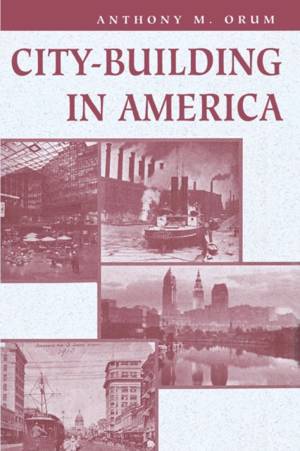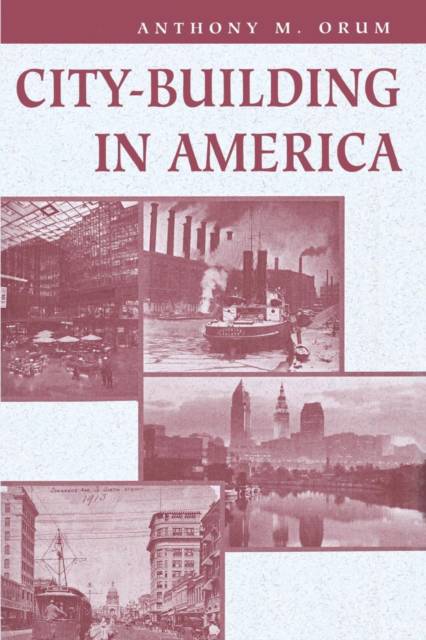
- Afhalen na 1 uur in een winkel met voorraad
- Gratis thuislevering in België vanaf € 30
- Ruim aanbod met 7 miljoen producten
- Afhalen na 1 uur in een winkel met voorraad
- Gratis thuislevering in België vanaf € 30
- Ruim aanbod met 7 miljoen producten
Zoeken
Omschrijving
Why do some cities grow and expand, while others dwindle and decline? Why is Milwaukee a town of the past, while Minneapolis-St. Paul seems reborn and infused with future dynamism? And what do Milwaukee and the Twin Cities have to tell us about other cities' prospects, the trials and destinies of industrial Cleveland and post-industrial Austin? Anthony Orum's new book tells the story of these cities and, at the same time, of all cities. Here the urban past, present, and future are woven into one compelling tale. Orum traces the shift in the sources of urban growth from entrepreneurs to institutions and highlights the emergence of local government as a prominent force--indeed, as an institution--in shaping the trajectory of the urban industrial heartland. This complex trajectory includes all aspects of urban boom and bust: population trends, economic prosperity, politics and culture, as well as hard-to-pin-down qualities like a city's collective hope and vision. Interspersing social theory, historical ethnography, and comparative analysis to help explain the fates of different cities, Orum lucidly portrays factory openings, labor strikes, elections, evictions, urban blight, white flight, recession, and rejuvenation to show the core histories--and future shape--of cities beyond the particulars presented in these pages. The reader will discover the key people and politics of cities along with the forces that direct them. With a rich variety of sources including newspapers, diaries, census materials, maps, photo essays, and, perhaps most captivating, original oral histories, City-Building in America is ideal for anyone interested in urban transformation and for courses in urban sociology, urban politics, industrial sociology, social change, and social mobility.
Specificaties
Betrokkenen
- Auteur(s):
- Uitgeverij:
Inhoud
- Aantal bladzijden:
- 278
- Taal:
- Engels
Eigenschappen
- Productcode (EAN):
- 9780813308432
- Verschijningsdatum:
- 30/03/1995
- Uitvoering:
- Paperback
- Formaat:
- Trade paperback (VS)
- Afmetingen:
- 155 mm x 230 mm
- Gewicht:
- 412 g

Alleen bij Standaard Boekhandel
+ 180 punten op je klantenkaart van Standaard Boekhandel
Beoordelingen
We publiceren alleen reviews die voldoen aan de voorwaarden voor reviews. Bekijk onze voorwaarden voor reviews.











